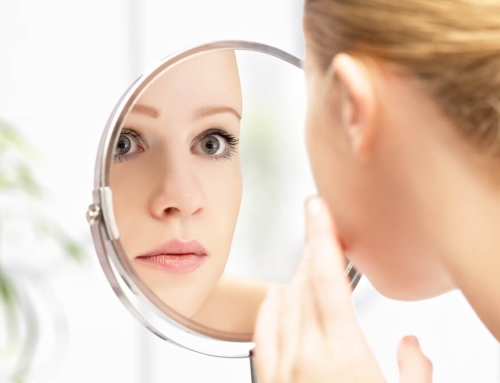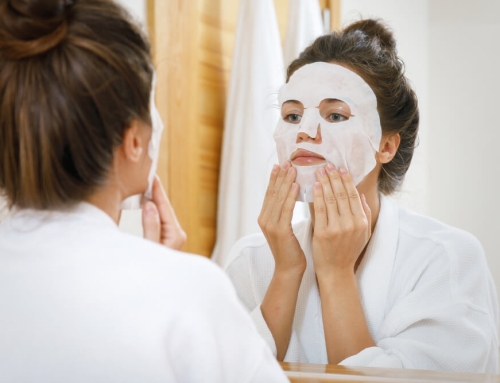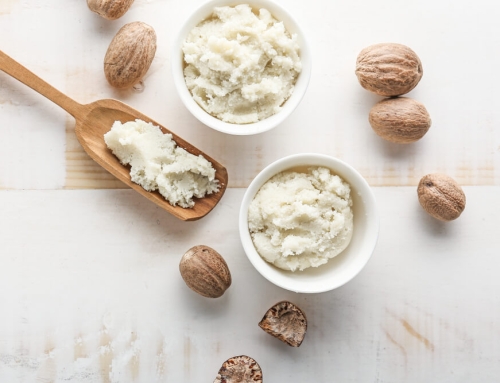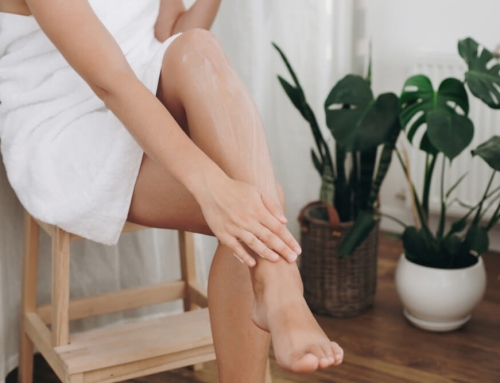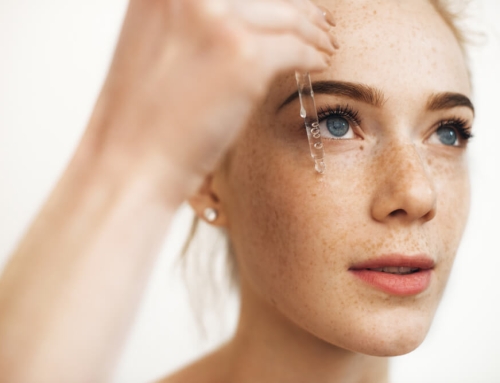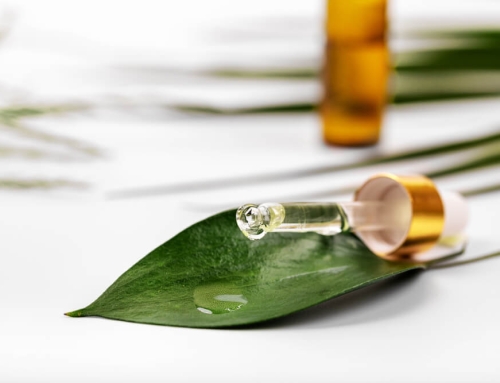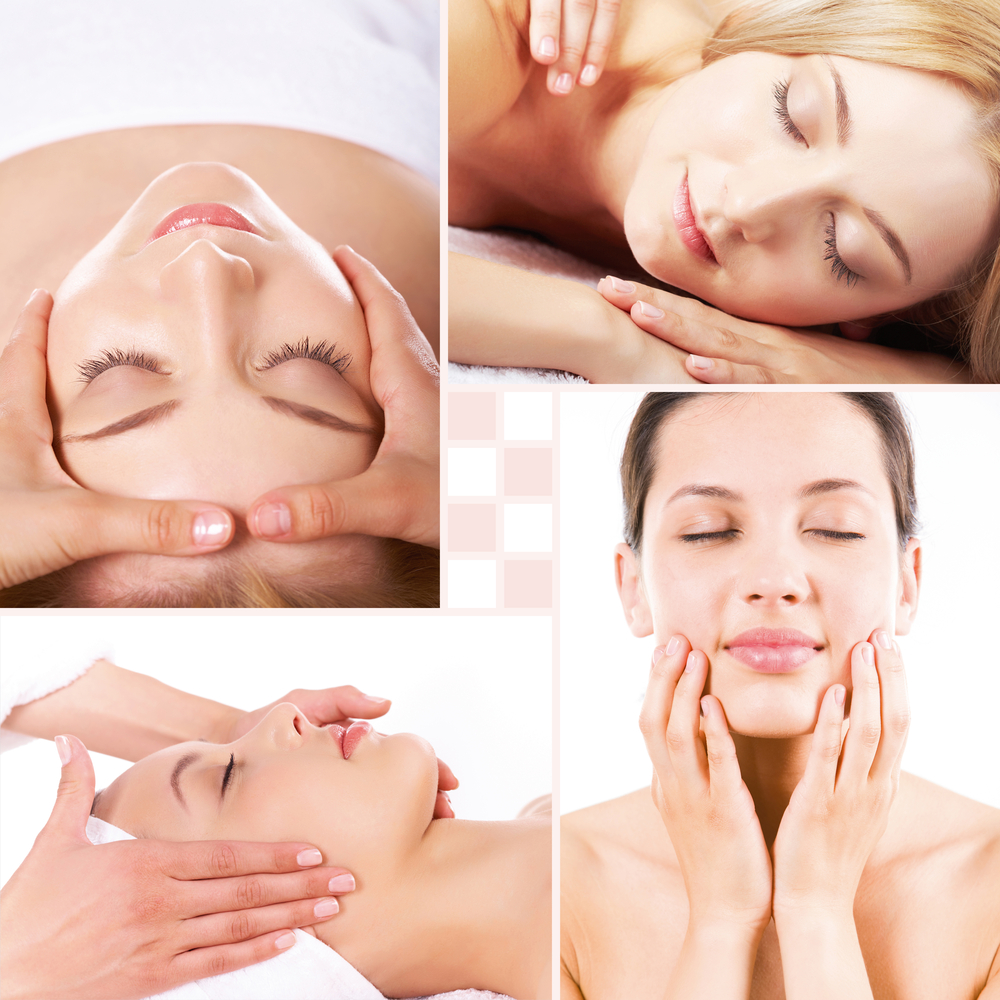
Your skin is a bit more complicated than you might initially think. It is separated into the epidermis, the dermis, and the hypodermis that each has its own role as a part of your skin. In our previous installment, OROGOLD covered the epidermis and what it does for your skin despite being the thinnest layer. This time, the dermis is our subject matter. Every cut you’ve ever had that bled has bled because you cut all the way through the epidermis and into the dermis. This layer has many crucial parts of your skin in it that help you navigate the world and that help maintain your appearance as well. It is also the layer responsible if you’re fighting oily skin. With all this complexity going on, it seems only fair to try to give you a clearer picture.
Pores, Sweat, and Sebaceous Glands
Last time we skipped over pores for a good reason. Your pores are in your epidermis, but they are channels prone to trapping grime and oil more than anything. Their actual function comes in when we reach the dermis. In the lower part of the dermis, sweat glands are held in a tight cushion of fatty tissue in your skin. They pass up through the layers of skin and excrete sweat through your pores to keep your cool. These are located throughout your skin except in areas, such as the underarms, where more specialized sweat glands are located that fill other functions. Similarly, you can find hair follicles in the dermis as well. These have sebaceous glands attached to them to use the hair shaft to pass natural oils up to the surface of your skin to provide a natural layer of defense. As annoying as both oil and sweat can be, they both serve vital functions for our skin and body.
Collagen and Elastin
The dermis is actually one of the other layers you’re dealing with most frequently in your skin care routine. OROGOLD likes to highlight that various products can increase collagen production and restore elastin within the skin. These are both located in the dermis. Collagen is the tissue in your skin that helps maintain its overall structure. Your face and body owe a lot to collagen when you’re younger as those are what help maintain a youthful appearance. Elastin, similarly, allows the collagen and other tissues to maintain an elastic quality that lets it return to the expected shape even after deformations from an outside source. Both of these components of the dermis gradually decrease with age and, as a result, are something most try to boost and maintain to age gracefully.
The Home of Touch
You brain processes the signals that allow you to interact with the world, but the signals have to come from somewhere. The sensations of touching and being touched by things are all located in the dermis. Various specialized nerve endings exist that provide you with different aspects of sensing your environment. Pressure sensitive nerve endings are one of the ones that you’ll likely immediately think of given you feel the weight of the things you carry or the pressure involved in a handshake. There are other sensors though. Your sense of hot and cold objects likewise rests in your skin. This ambient processing is how your body tells you not to pick up a hot skillet from the stove without protection. When you have an accident that leads you to touch it anyway, further receptors in your skin let your brain know you’re in pain and to stop touching the skillet. All of these sensors mean your skin is constantly looking out for you.
People seldom realize how much they actually owe to their skin that they experience in day to day life. It is responsible for your looks as much as it is responsible for various systems that protect you every day. OROGOLD thinks this is more than enough reason to look out for your skin’s health. There’s just one more entry to go in our series on how the skin works. Next time we’ll discuss the deepest layer of the skin, the hypodermis, and what it does for you.

